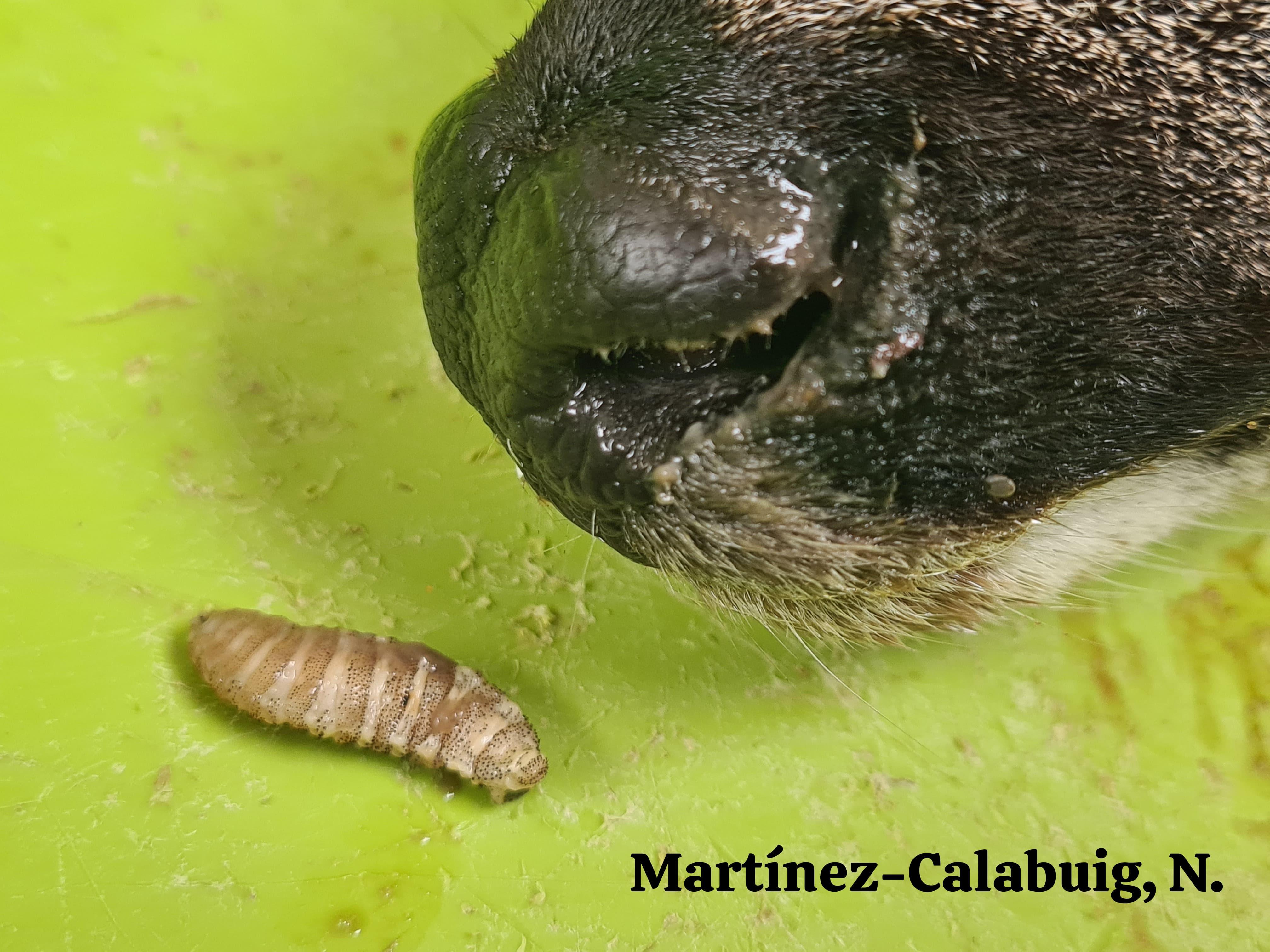The ACE and the University of Lugo need help with samples of roe deer

In 2001, the first case of a parasite that is very harmful to the health of roe deer was reported: Cephenemyia stimulator, commonly known as “the worm or nose fly”. This parasitosis is becoming more and more frequent and causes respiratory and swallowing problems in the affected animals, since the larvae lodge in the nose and throat of the individual, reproducing in large numbers and causing great discomfort. If you want to know more about this parasite, you can consult our blog on the subject HERE .
Since 2013, and through an agreement signed by the Spanish Roe Deer Association with the INVESAGA Group of the University of Santiago de Compostela (to which the University of Lugo belongs), samples corresponding to roe deer captured by a wide network of collaborators spread throughout the country have been analyzed for the study of different parasites and diseases in these cervids. This has highlighted a high seroprevalence of infection by Cephenemyia stimulator in Iberian roe deer, which may decisively influence the development of their future populations.

The ACE chose the University of Lugo for this study due to the good relationship between the association and the university, as well as because it has among its teachers two of the best parasitologists in Spain, among whom we highlight Professor Patrocinio Morrondo. The Lugo-born teacher has collaborated in important monitoring projects, censuses and mapping of species at an international level, highlighting her intervention in Kenya for the detection of parasitic diseases in rhinoceroses and elephants.
This “Oéstrid Project” is also serving as a doctoral thesis for another Galician researcher, Néstor Martínez - Calabuig, who is currently studying the situation of the roe deer in the Iberian Peninsula. Néstor says that the data are worrying since Cephenemyia is expanding throughout Spain and has a great adaptability to climates. This larva can be found in dry climates such as Guadalajara, as well as in humid areas in the north of the peninsula.

The area that sends the most samples for study to the ACE is Lugo, around one hundred heads of roe deer, from which the conclusion is drawn that more than 90% of the animals in the province are infected by the “nose worm”. As there is little data on the south of the peninsula, we call on all hunters in our country, but specifically those from Extremadura and Andalusia to make the small effort to send samples of roe deer for study. It is important to send the head to find out about Cephenemyia but it is also important to send samples of the heart, spleen, blood, among others. You can see how to do it in more detail HERE .

Author: Maria Balletbó